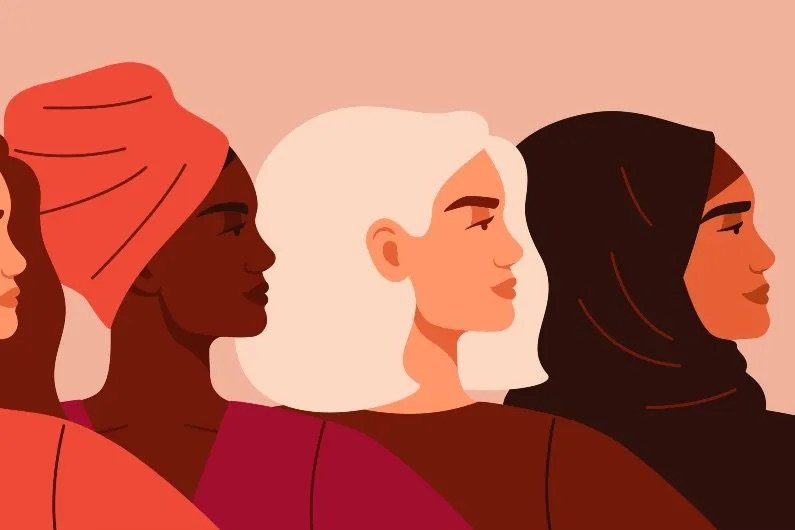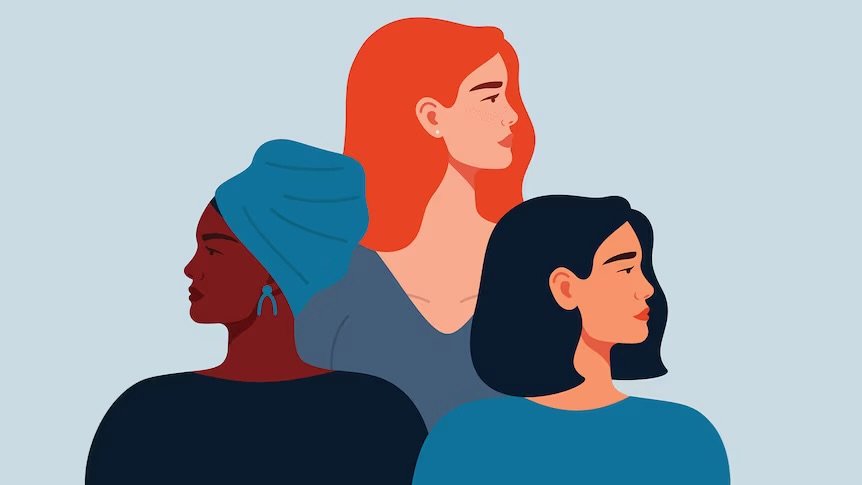This June, La Casa De Las Madres spotlights Immigrant Heritage Month. Immigrants are at an essential and dynamic intersection as it relates to domestic violence. There are a myriad of socio-cultural, linguistic, economic, and political barriers that influence help-seeking and compromise survivor safety and well-being. At La Casa De Las Madres, we want to shed light on this convergence to spread awareness and speak to the complexities of immigrants facing domestic violence, and also on the services that are available to immigrants, regardless of citizenship status, language, or economic barriers.
The term immigrant encompasses asylum seekers, refugees, and migrants. Asylum seekers refer to individuals who were forcibly displaced or fled their country of origin because of a threat to their lives or liberties. In contrast, refugees refer to asylum seekers who have been granted asylum requests. In 2022, the American Immigration Council reported that there are roughly forty-seven million immigrants living in the United States, and close to two million of these immigrants are undocumented. There are eleven million living in California alone. Within San Francisco, there are approximately 1.4 million immigrants and 647,900 noncitizens potentially at risk of deportation.
Domestic violence takes many forms and can include coercive control and physical, sexual, emotional, financial, spiritual, and instrumental violence. It occurs in all populations regardless of race, ethnicity, culture, class, faith, immigration status, age, education, gender identity, or sexual orientation. The immigrant experience, as well as the long process of obtaining citizenship and resettlement, can exacerbate tension within intimate partnerships and the familial unit, resulting in an increased risk of IPV. Isolation as a result of physical and geographic separation, social separation from supportive networks, language barriers, and financial hurdles can limit a victim's ability to seek help and prevent violence. Many immigrants do not know their legal rights and do not seek help due to fear of deportation. Additionally, women from countries with engrained patriarchal cultures and policies are at an increased risk of IPV due to men holding traditional gender norm beliefs that may justify the use of violence against women as a form of possession.
The data on IPV and gender-based violence within the scope of the immigration population is far from conclusive. The inability to seek help from domestic violence services due to language and cultural barriers and the threat of immigration status being used to control victims exacerbates underreporting. According to the Domestic Violence Awareness Project, "Immigrant status has been found to have an impact on survivors' help-seeking behavior. A study found that Latino immigrants were less likely than non-immigrants to seek help for domestic violence from formal agencies (6.9% vs. 14.7%). A survey of immigrant Korean women found that their husbands had battered sixty percent. In contrast, another study found that forty-eight percent of Latina women reported their partner's violence against them had increased since immigrating to the United
States. In a 2017 poll, organizations working with IPV survivors reported almost 80% of immigrant victims were scared to report their abuse to the police.
Services for immigrant survivors need to respond to their unique and specific needs. This may include services in survivors’ local languages or access to skilled interpreters, shelters that respond to culturally specific needs, assistance with maintaining legal immigration status, and child custody. Within San Francisco’s inter-agency coordination, there are many services available to immigrant women.
Written by: Lexi Kleinberg



